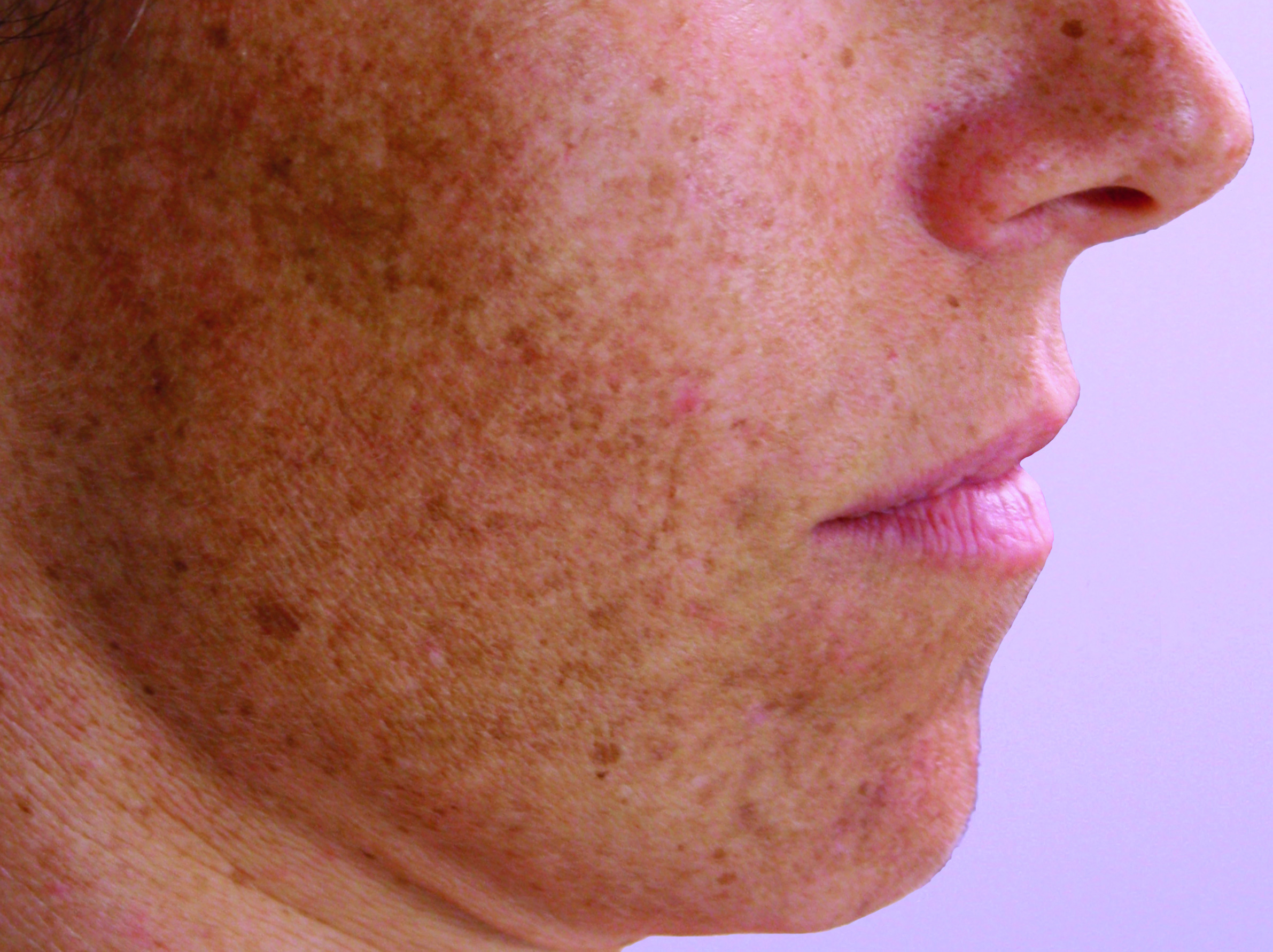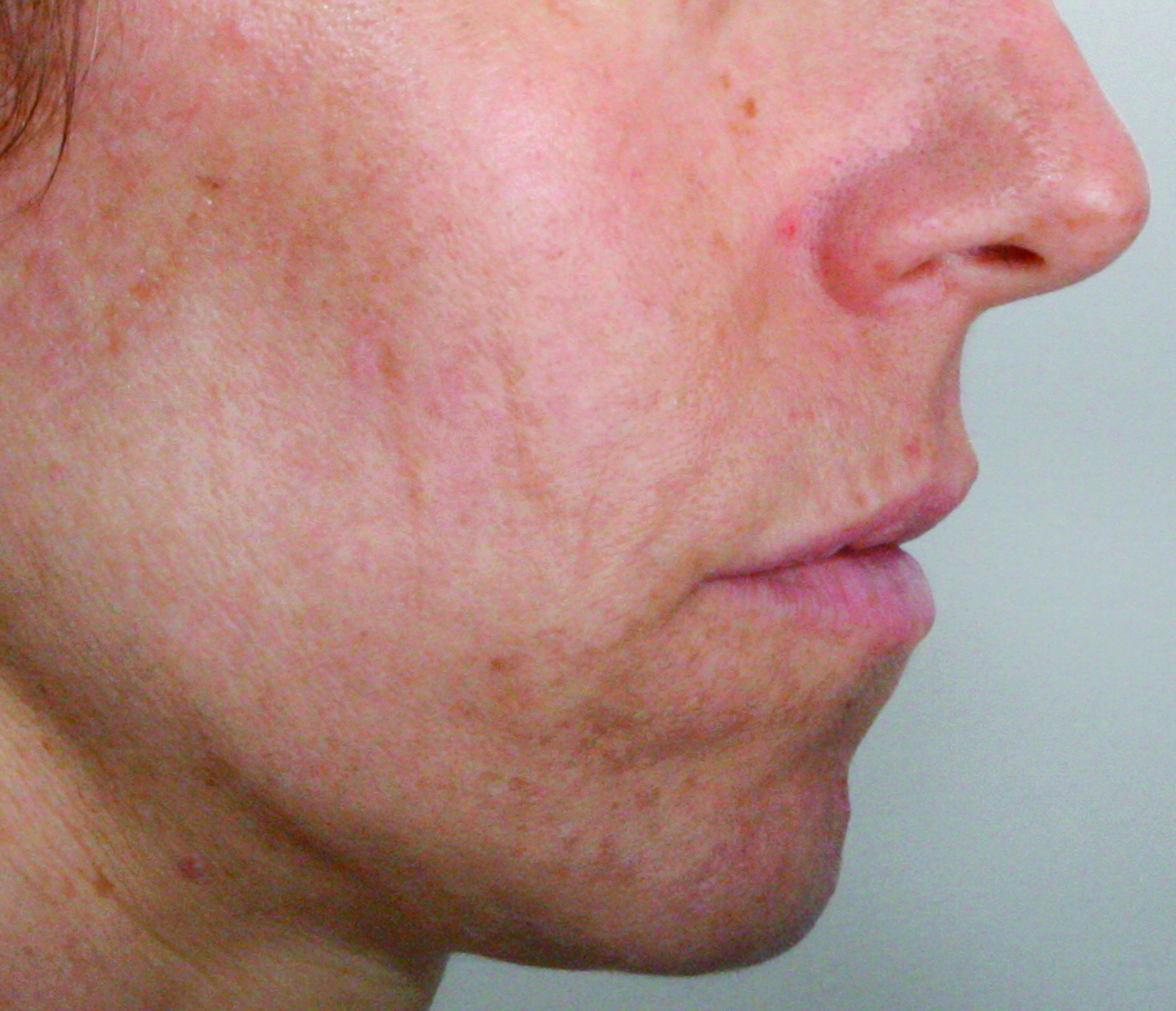Photorejuvenation and skin resurfacing - what is the primary difference between the two treatments?
Photorejuvenation
Rejuvenation can be achieved with a combination of treatments that give solutions to combat the aging process. It will provide help with skin laxity, skin volume loss, wrinkles and skin pigmentation. One of the main benefits of photorejuvenation lies in its ability to treat a wide variety of conditions and it is less invasive with shorter downtime. The lasers used are less intense, non-ablative and non-wounding. They stimulate the collagen growth and tightening of the underlying skin. It is recommended to offer this treatment to patients age 25 or older.


Courtesy of Candela – Spain
Laser Resurfacing
There are two types of laser skin resurfacing: ablative and non-ablative.The ablative laser removes thin layers of skin to minimize the appearance of scarring etc in one or two sessions. Whereas, the non-ablative is less aggressive, and triggers and stimulates the development of collagen and tightens up the core areas of the patients' skin.
There are several key differences that can help you decide which treatment your patients need. For example, if they have fine lines, wrinkles or sun-damaged skin, you could offer a photorejuvenation treatment. However, if treating deep wrinkles or scars (acne or traumatic), photorejuvenation may not be able to produce strong enough results, meaning, you should opt for fractionated laser resurfacing instead. In addition, skin resurfacing will give your patients more comprehensive results and it only takes one treatment (possibly two, depending on how much progress you want to make), but it does require downtime to recover while photorejuvenation doesn’t. Depending on the issues your patients present with, it is possible to combine both treatment options in one session.